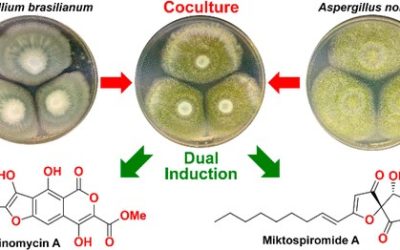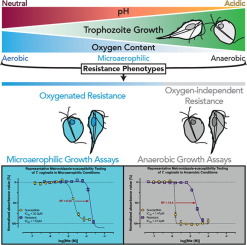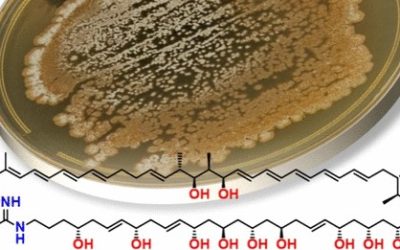Gill J.H. and Lacey E.
International Journal for Parasitology, 1998, 28, 863-877.
Publication Date: March 4, 1998
https://doi.org/10.1016/S0020-7519(98)00068-X
Abstract:
Resistance to levamisole and the benzimidazoles appears to be achieved by one or, at most, two mechanisms in the common trichostrongyloid parasites of sheep. For the avermectin\milbemycin anthelmintic class the picture is more complex. In-vitro assays employing the free-living stages of trichostrongyloid nematodes were used to investigate structure–activity relationships for the avermectins\milbemycins. While avermectin\milbemycin-susceptible isolates of Haemonchus contortus, Trichostrongylus colubriformis and Ostertagia circumcincta were found to differ in their intrinsic sensitivities to avermectin\milbemycin inhibition of larval development and L3 motility, structure–activity profiles against all three species were similar. In-vivo avermectin\milbemycin resistance was associated with a reduced sensitivity to avermectin\milbemycin inhibition of larval motility and\or development in some, but not all, isolates. Where a reduced sensitivity to avermectin\milbemycin inhibition of larval development was observed, different groups of resistant isolates displayed different structure–activity profiles. Many avermectin\milbemycin-resistant isolates showed an increased sensitivity to paraherquamide. These in-vitro data have allowed the classification of avermectin\milbemycin-resistant isolates into a number of distinct types. Study of the inheritance of avermectin\milbemycin resistance in two resistance types suggests that the in-vitro differences between resistant isolates reflect important differences in the mechanism of resistance present. The kinetics of expulsion of H.contortus, T. colubriformis and O. circumcincta from sheep following treatment with ivermectin indicate that, in vivo, the critical action of avermectins\milbemycins against O.circumcincta may be different to that which results in H. contortus and T. colubriformis elimination. This observation provides some explanation for the differences between resistant isolates. If, for different species, the critical event(s) leading to expulsion are different, then it follows that the mechanisms of resistance observed may also differ.


